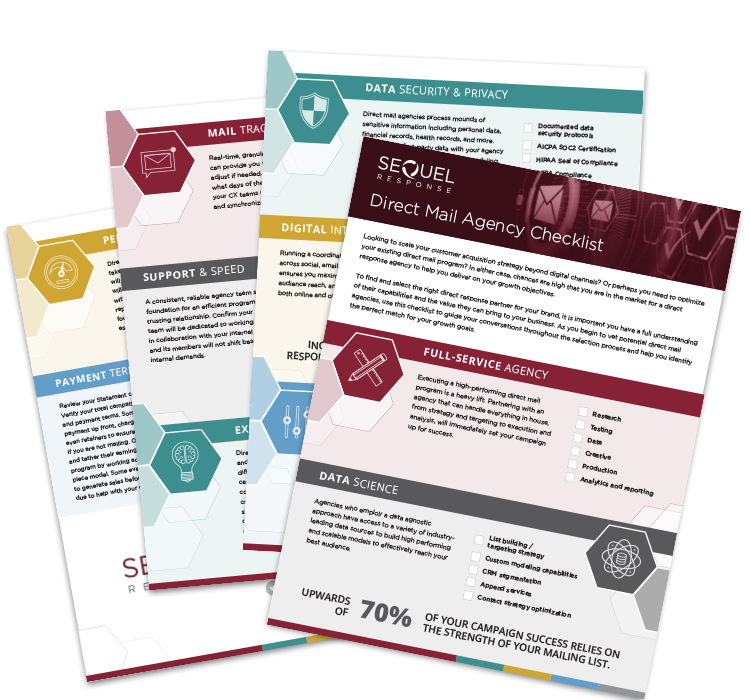Integrated Marketing Strategy: A Digital Targeting Alternative to Facebook Ads

The targeting and attribution cookie continues to crumble as social platforms, browsers and device manufacturers advance privacy controls. Apple’s iOS14.5 update has jolted Facebook targeting capabilities, specifically for the growing DTC brands that could once market exclusively on Meta’s social platforms (Facebook, Instagram and WhatsApp) to successfully reach their growth goals. Although Facebook has tried to overhaul its targeting and attribution tools, marketers are still struggling to reach audiences and measure conversions with an integrated marketing strategy – pushing them to seek a digital targeting alternative.
As results from the second half of the year begin to roll in, brands are feeling the bigger than expected impact the user data loss is having on their digital advertising strategy, return on ad spend and attribution models. CMOs are leveraging new platforms and direct marketing agency partners to regain control of their digital campaigns and performance to overcome the Facebook targeting and attribution dilemma.
Here’s why.
Missed Targeting
ICYMI, most Apple users are not opting in.
Facebook’s retargeting and lookalike audiences have been the pillars behind the platform’s successful ad targeting and conversion metrics. With Apple’s tightened security, retargeting audiences are shrinking, and lookalike audience data quality is degraded. Losing the ability to target prime prospects based on interests, web browsing history and pixel conversions is compromising the effectiveness of digital audience targeting and overall campaign performance.
Rising CPMs
Despite the evolving ecosystem, digital marketing is here to stay. In 2022, the U.S. digital advertising industry is expected to surpass $200 billion in spend. As audiences become harder to reach and the competition among advertisers stiffens, acquisition costs will continue to rise. In Q3 2021 alone, CPMs for Facebook rose over 45%.
With escalating advertising costs like this, proving digital ad ROI is pivotal for budgeting and strategy decisions.
Fading Attribution
Advertisers are experiencing inaccuracies with Facebook’s ROAS and CPA metrics, as the media giant struggles to measure conversions. In the third quarter, Facebook estimated underreporting web conversions on Apple devices by about 15%. Yet in a recent Bloomberg article, one marketer stated that gap is more like 50%.
The trifecta of inaccurate conversion reporting, rising CPMs and restricted audience targeting are forcing marketers to increasingly rely on slashing prices and amping up promotions to obtain new customers, rather than consider CPA and LTV metrics – both of which directly affect overall profitability.
A Digital Targeting Alternative for Integrated Marketing Strategy
Direct marketers have already started bridging the gap with alternative data sources by leveraging direct mail lookalike audiences. Partnering with a direct marketing agency gives marketers frustrated with reduction of Facebook ads performance a digital targeting alternative. Rich consumer data sets based on highly accurate demographics, purchases, preferences and more – can be activated digitally through a data onboarding platform and served via Demand Side Platforms (DSPs) to dialed-in lookalike audiences. This alternate approach to integrated marketing strategy provides efficient access to robust data segments and trustworthy reporting, in addition to lifting direct mail campaign performance (a channel that is gaining in popularity among DTC brands).
Integrating digital and direct marketing makes finding extensive digital reach and scale possible. With access to dozens of ad exchanges, audiences can be reached across display, native, web video and Connected TV formats. The comprehensive suite of privacy friendly targeting capabilities ranges from third party to custom audience segments and lookalike models, and Whitelist to contextual. As noted above, brands can also onboard first party or prospecting data to match email and even postal addresses to online profiles. Cookies, IPs and device IDs are referenced to create custom digital audiences with average match rates of up to 60%.
Comprehensive reporting provides visibility into campaign performance with full waterfall metrics. Impressions, CPM, clicks, CTR, CPC, site engagements, video plays, reach, return on ad spend (ROAS), and most importantly conversions. Advanced machine learning and artificial intelligence also optimize creatives, devices, audiences, and bidding to increase conversions and while reducing CPA.
Is Facebook’s ad targeting and attribution dilemma upending your digital strategy? By thinking outside the social network, the capability to successfully target your brand’s best audiences online does still exist.
Download a free e-book for more tips to improve your integrating marketing strategy with online and offline channels:
Featured in BRAND United on 12.14.21

